Microsoft Flight Simulator is barely a quarter of a year old at this point, yet the sim has proven to be a massive disturbance to the industry this year. Just before and right after release, Microsoft made sure to beam this new sim everywhere — and it worked, having pulled off a very successful launch. However, a noticeable amount of members of the flight sim community are not too happy with the current state of the new MSFS. Some even think that the developer over-promised what the product has actually turned out to be. But, is that really the case?
At launch, Microsoft Flight Simulator had a noticeable number of game-breaking bugs. And, like many PC titles, these bugs affected some users while completely missing others. However, there were some critical issues that seemed to affect almost every early adopter, such as performance hiccups, problems with the autopilot system across all planes, and the live-weather functionality being half broken. Since launch, though, the development team at Asobo Studios has worked hard and released several hotfixes on a frequent basis, along with two large updates that overhauled certain areas (Japan and the USA, so far).
Thus, very quickly, Asobo showed a dedication to consistently improving the sim — a promise that it made even before release. Despite these efforts, some folks still think that Microsoft Flight Simulator is currently a “glorified beta,” and have even proclaimed they won’t touch it until a year from now. While I can appreciate some of the frustration surrounding the sim, I do think the stance that some have taken is a bit extreme. Especially when you consider the full scope of what the new Microsoft Flight Simulator truly is.
Humble beginnings
Developed by Bruce Artwick in 1982, the Flight Simulator series is one of the oldest existing game series of all time. Its humble beginnings gave IBM PC owners the first glimpse at what would become one of the most technologically advanced series ever. And really, even at that point, it was pushing the boundaries of early ’80s tech with its crude attempt at wireframe 3D graphics. Later that year, Artwick licensed Flight Simulator to Microsoft, and there began the journey of this fledgling series as we know it today.
Microsoft Flight Simulator was and has always been a product of its time — literally. Following the timeline, a new edition would launch every few years when there was a significant jump in graphical power. This allowed the sim to work towards achieving its ultimate goal of consumer-grade realism. Really, it’s what the series has always been chasing after.
The series kept getting new entries until 2006 with the release of Microsoft Flight Simulator X. FSX was special, because it marked the tenth release under Microsoft, and launched at the same time as the company’s new Windows Vista operating system. A new, modern sim for a new, modern OS. A perfect pair, right? Well, as we all know, Windows Vista was polarizing for its notoriously slow performance and sloppy support. This was thanks to being a resource hog of an OS, making the PCs that tried to run it buckle under pressure. Ironically, that’s exactly how things went for FSX.
Trouble in the skies
While 2020’s Microsoft Flight Simulator is known for bringing PCs to their knees, FSX was well-known for being a bit of a slideshow even on systems that met its recommended specifications at the time. I shouldn’t even say “was,” because to this day, FSX continues to be a difficult title to run properly, despite its age. But—how? The problems are all due to its coding.
Though FSX was designed to use the power of Microsoft’s DirectX 10 for significant leaps in visual fidelity, this functionality was only built into the sim up to a degree, ending at the beta phase. While FSX was updated a bit after release, those updates never did fully iron out its performance constraints. Little did everyone know that the turbulent launch of FSX would set the tone for the series’ future.
Of course, just before the 2010s came around, the world was reeling from the 2008 recession. Even large companies like Microsoft were affected, and thus, job cuts were made. This wave of layoff included sending the entire Flight Simulator development team from the now-defunct Aces Game Studios packing. The specific reason according to one employee was due to “management problems” among other things. With Aces now gone, Flight Simulator was left gliding aimlessly without a next destination, and its future would be extremely turbulent and strange.
After licensing the code for FSX out to two companies (Lockheed Martin and Dovetail Games), Microsoft itself basically left the series alone. FSX was soft-supported by Dovetail Games with the release of FSX: Steam Edition in 2014. While this version kept the already aged sim chugging along in the modern landscape, it proved to be a relic. Dovetail wasn’t able to pick up where Aces had left off, and so the sim’s infamously bad optimization continued to be an issue, as mentioned.
Yet, millions of simmers went on and put up with it and add-ons were continually produced; even in recent years. Tweaking guide after tweaking guide was created, all in an effort to find the “perfect” set-up for FSX, along with the right add-ons to install to keep the aging simulator somewhat modernized. Despite these efforts, however, it was clear that it was an uphill battle trying to keep FSX flying smoothly. For the first time ever, Microsoft Flight Simulator wasn’t truly keeping up with the times; on contrary—it was getting left behind. Thankfully, this would soon change.
A break in the clouds
After a brief stint at trying to create its own new simulator from 2017 to 2018, Dovetail unexpectedly pulled the plug and left the project. This surprising turn of events left the flight sim community stunned. But, hope would soon arise in what proved to be quite welcomed a surprise. In June 2019, at its E3 presser, with no prior leaks or foreshadowing, Microsoft unveiled the new Microsoft Flight Simulator developed by Asobo with a gorgeous gameplay trailer.
As early as that point, Asobo clearly understood what kind of audience Flight Simulator had. From the jump, Asobo promised to be transparent and share the sim’s progress as it was being developed. This open approach to development is quite odd for a AAA release, which is something that only typically happens with indie games. But, Asobo realized that not only is the flight sim community very passionate, but the team also acknowledged the sheer gravity of this particular project.
Just imagine how the development team must have felt when it was initially contacted by Microsoft and tasked with building the newest entry in one of the longest-running series in gaming history. And not just that, but the first entry in over a decade and a half. Asobo must have known it had its work cut out tfor it from the jump street. That said, as more details about the new sim were revealed, the excitement from the community grew evermore.
As the months rolled on, Asobo showed off in detail key new features like real-world traffic integration in real-time, a fully dynamic real-time weather system, advanced flight physics, and of course, the massive amount of satellite and building data for all of the mapped planet. Indeed, Microsoft Flight Simulator was shaping up to me not just a gigantic new release, but the most feature-rich flight simulation title ever. And the cherry on top was when Asobo gave everyday folks early access via a closed alpha and beta, which lasted several months—right up to just before launch. Again, this was done to further emphasize the team’s promise of communication and community integration. With all this, Asobo seemed to be checking just about all of the boxes.
Finally, August 18, 2020 came: launch day. All the hard work and goodwill the team had built was finally about to pay off. And it did — briefly.
The reviews and early coverage from press and media influencers poured in and the results were mostly positive. But, once the more hardcore members of the flight-sim community got their hands on the new game, more criticism bubbled to the surface. As I mentioned earlier, Microsoft Flight Simulator did have some notable problems early on, and some of said problems still exist up until now. But, did Asobo really oversell it?
The future of Flight Simulator
I went into a bit of an overview of the history of this series to briefly explain how it has operated up until this point. As I said, Microsoft Flight Simulator has always kept up with the times; advancing only as the tech has allowed. FSX and its FS2004 predecessor were notable since they were the first to be updated after release by means of free Service Packs. Even so, those updates never overhauled those sims; they just included some minor improvements and additions. FS2004 didn’t have to worry much since it would be superseded by FSX in just two years. But, out of any entry in the series, FSX needed help—badly.
Yet, FSX glided aimlessly for basically its whole life. The sim only “improved” artificially by means of tons of payware and freeware add-ons. Eventually, most people’s installations would turn into a massive web of different bits of content, all in an attempt to keep the aging bird somewhat fresh. But, these different products would sometimes cause issues with each other, if not just bogging down the sim’s already poor resource management.
Microsoft Flight Simulator did take an extremely long time to arrive and finally give FSX its much-needed opportunity to touchdown. Even so, the new sim, arguably, couldn’t have come any sooner. At least, in as good as a state as what we have now. Yes, I did say good.
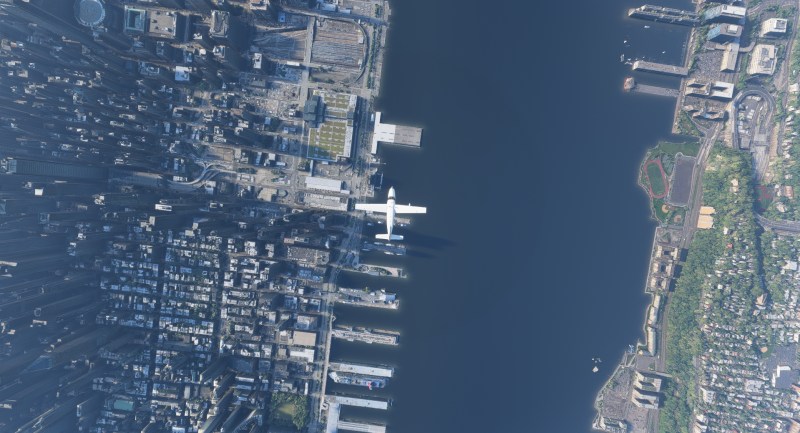
Something as massive as the new Flight Simulator could only have existed right now in this part of history.
Out of the box, Microsoft Flight Simulator is easily the most content-heavy and technology-pushing flight sim to have ever hit the market. Its extensive list of detailed planes (especially if you get the Premium edition), near photo-realistic scenery, advanced physics, powerful weather engine, and seamless online functionality are all amazing. Looking at even other modern sims, Microsoft Flight Simulator trumps them in terms of its sheer scale and complexity. And while this has always been Microsoft’s dream with the series to prove that this sim can be “As Real as it Gets” (a former tagline), what we have today could only have been made possible in this modern era. Take note of a few key factors.
For one, Microsoft is a very different company than it was during the FSX era. It has spent the last several years becoming a technological behemoth, investing what seems like infinite money into advanced services that millions now make use of today. Specifically, Bing and Microsoft Azure.
Bing is responsible for powering the world of Flight Simulator with accurate satellite imagery; something no other sim has out-of-the-box. These many petabytes of raw data are seamlessly injected into the sim via the powerful Azure cloud servers, which save end-users storage space that they simply do not have. These online services were in their infancy when FSX came to town, and have been built up extensively over the years. Now, they’re commonplace and familiar, which makes it a perfect fit for a modern, new simulator.
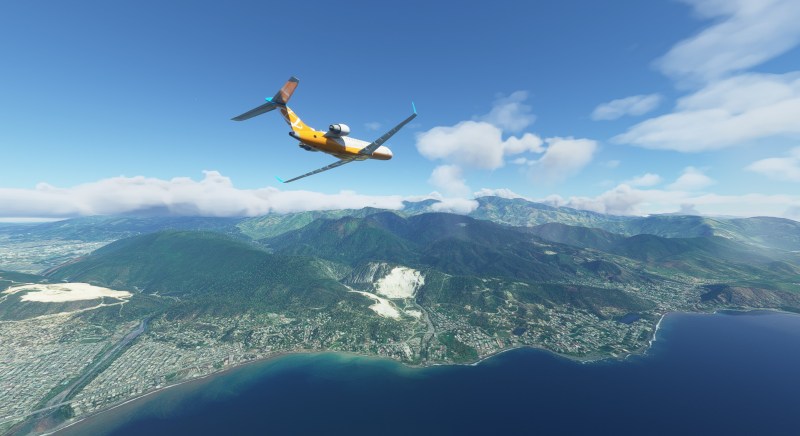
When you consider the massive inner workings of this sim, it’s still impressive that it’s possible at all.
And even if technology back then were as good as it is now, who’s to say Microsoft would have utilized it for Flight Sim? At the time, the company’s gaming business was quite obviously biased towards the Xbox market. To a noticeable degree, Microsoft almost totally ignored its PC gamer consumer base; an attitude that has changed only within the last half-decade. Now, the company is valiantly supporting PC gamers again. And, what better way to show that by not only reviving its most prestigious (and only surviving) PC franchise but doing so with incredibly complex (and expensive) tech?
All of these factors are only now in place to facilitate a project as super-gigantic as the new Microsoft Flight Simulator. And it certainly helps the multi-billion dollar company like Microsoft is behind such a venture. The average company could by no means handle an operation of this scale. So, thanks to Microsoft’s resources backing Asobo’s talent, along with the extensive cooperation of a variety of other companies like Blackshark AI, Meteoblue and Aerosoft, the new Microsoft Flight Simulator boasts an impressive spec sheet. Admittedly, the bountiful, meticulously-detailed virtual world that was promised is a tad wonky right now. But, the promise of getting to that point has not been broken.
Just getting started
As Asobo has already proven in the four short months since launch, constant improvements and major additions have and will continue to be made. Many of the bugs I mentioned earlier like the autopilot issues and busted weather system have been rectified. The scenery overhauls of Japan and the USA have been nothing short of breathtaking. And with the UK coming in the next few weeks, the visual spectacle that is Flight Simulator’s virtual Earth will only continue. Add all of this to the list the eventual inclusion of new aircraft types such as helicopters, more revamps of different environmental features (like water maps and seasons), and you have yourself a package that’s bursting at the seams.
Keep in mind that all the work that the development team has completed this year has been done so under intense circumstances brought on by the pandemic. Yet, Asobo was not only able to prepare and release the sim without a delay, but also completed a lot of critical overhauling all within less than six months since release. Yes, more work is needed as there are still several unsatisfactory things such as the spotty AI traffic and some aircraft features still being inaccessible. Even so, the sim has already come along way this year. And it has a long runway ahead. Unlike past entries in the series, Flight Simulator is now a live service; the only way to go is up.
Asobo has promised a decade of continuous development, and a lot of which will include free enhancements like what’s been provided this year. That means a casual simmer won’t ever have to download a single add-on to enjoy a fresh, new experience from their copy of Flight Simulator unless they want to. This is a far cry from any sim of the past, including current competitors like Prepar3D and X-Plane which require a lot of add-ons to truly flesh out their experiences. Indeed, the Microsoft Flight Simulator you have today is going to look and feel far different in say, 2025.
From my 115+ hours of virtual flight-time alone, I can tell you that things are already better than they were at launch. While some updates have occasionally created more problems, I have to commend Asobo’s efforts to rapidly fix critical issues when they appear. That sets a very encouraging tone for the future of this massive project.
While Microsoft Flight Simulator still has a ways to go before it includes everything that Asobo promised, the team is working hard to achieve its goal. And better yet, it actively invites the community to point out what it wants to see added and improved upon.
This is a whole new world for the series and flight simulators in general. And right now, we’re only at the beginning of this grand journey.

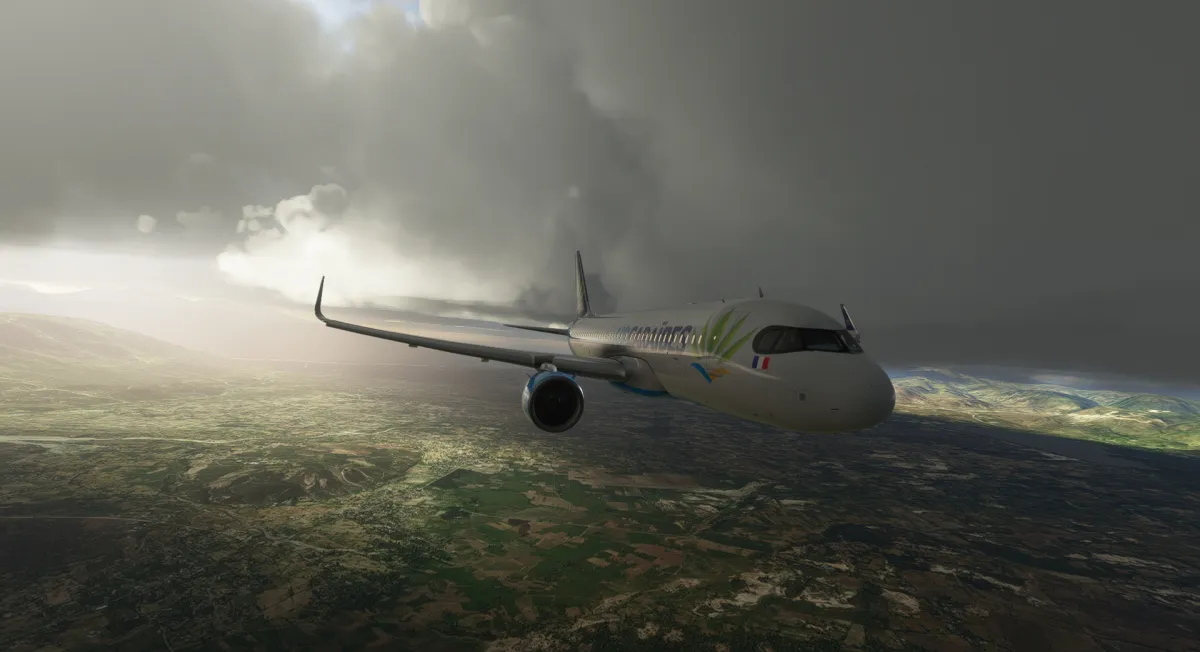
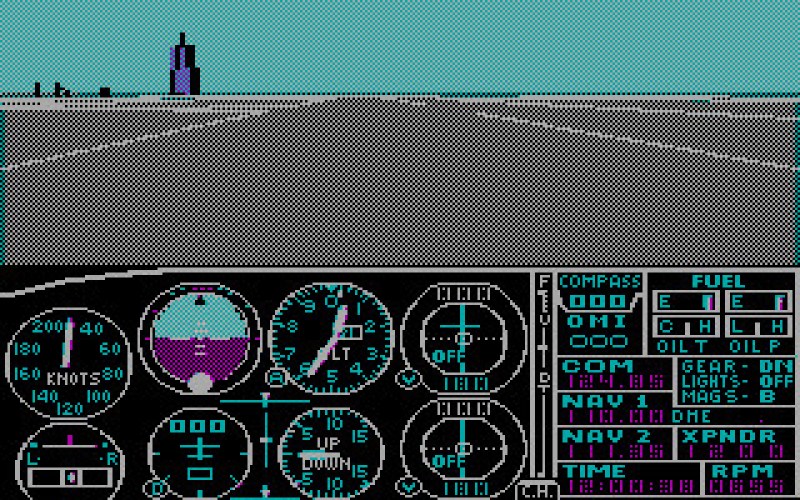
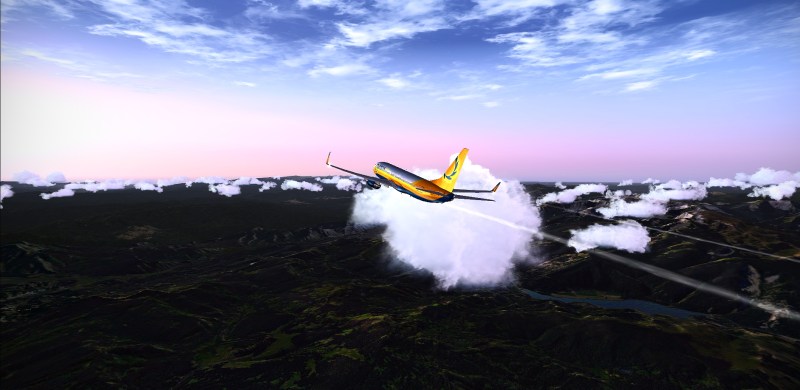






Published: Dec 28, 2020 05:00 pm